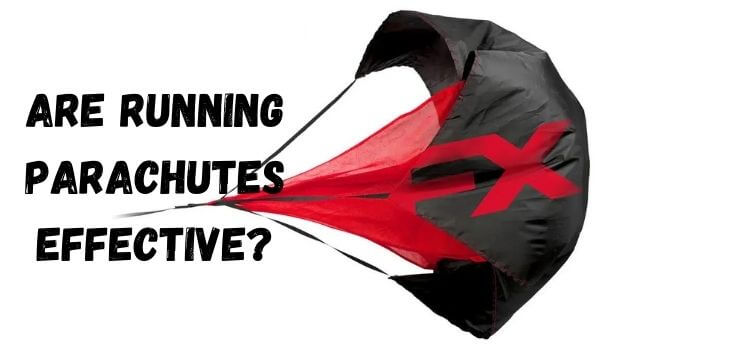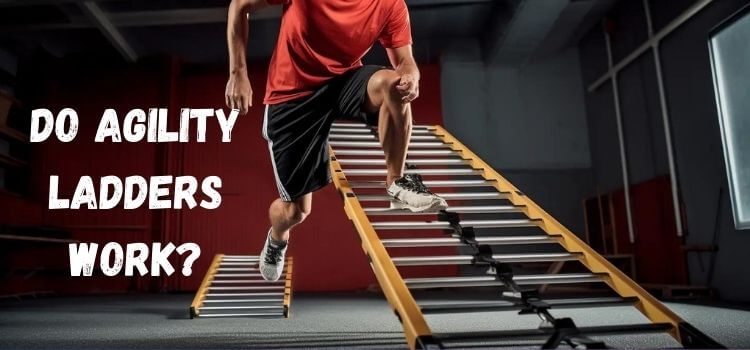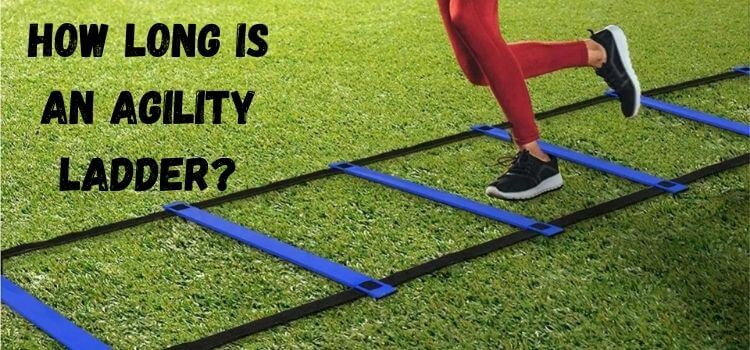As an Amazon Associate, I earn from qualifying purchases
Are running parachutes effective in enhancing athletic performance? This question often arises among athletes and fitness enthusiasts seeking innovative ways to elevate their training regimens. Running parachutes, also known as speed chutes or resistance parachutes, have gained popularity in recent years as a tool for improving speed, power, and overall athleticism.
In this comprehensive exploration, we delve into the effectiveness of running parachutes, examining their benefits, drawbacks, and practical applications in various sports and fitness activities.

Understanding Parachute Training
What are running parachutes?
Running parachutes, also known as speed chutes or resistance parachutes, are lightweight devices attached to a harness worn by the athlete. They create resistance against the wind as the athlete runs, thereby increasing the workload and intensity of the workout.
How do running parachutes work?
The parachute catches the air while the runner runs with it attached, creating drag that requires the athlete to work harder to overcome. This extra resistance challenges the muscles, helping to improve strength, speed, and explosive power.
Effectiveness of Running Parachutes
Benefits of using running parachutes
Running parachutes offer several benefits, including:
- Improved acceleration and sprint speed
- Enhanced muscular strength and power
- Increased anaerobic endurance
- Improved running form and technique
Scientific studies on the effectiveness
Several scientific research have looked into how running parachutes can enhance sports performance. Research findings consistently support the benefits of parachute training in enhancing speed, power, and overall athletic performance.
Factors Affecting Effectiveness
Wind conditions
Wind conditions can influence the effectiveness of running parachutes. Stronger winds create more resistance, resulting in a more significant training stimulus. However, powerful winds may make it challenging to maintain proper running form.
Terrain
The terrain on which parachute training is conducted can impact its effectiveness. Flat, open spaces with minimal obstacles are ideal for parachute sprints, allowing for uninterrupted running and maximum resistance.
The skill level of the athlete
The effectiveness of parachute training also depends on the athlete’s skill level and experience. Beginners should begin with less resistance and progressively increase it as their strength and skill level grow.
Comparing Parachute Training with Other Methods
Resistance training
Compared to traditional resistance training methods such as weightlifting, running parachutes offer a dynamic form of resistance that closely simulates real-world running conditions. This specificity makes them particularly effective for improving sprinting speed and power.
Hill sprints
Hill sprints involve running uphill against gravity, which provides a natural form of resistance. While hill sprints are effective for developing leg strength and power, running parachutes offer additional resistance and can be used on flat surfaces.
Weighted vests
Weighted vests add extra load to the body, increasing the intensity of the workout. While similar to running parachutes in their ability to enhance resistance, weighted vests distribute the load evenly across the body, whereas parachutes create resistance primarily behind the athlete.
Tips for Effective Use of Running Parachutes
Proper setup and usage techniques
Properly setting up the parachute and harness according to manufacturer instructions is essential to maximizing the effectiveness of parachute training. Additionally, maintaining proper running form and technique is crucial for safety and optimal results.
Safety considerations
While running parachutes can be a valuable training tool, it’s essential to use them safely to prevent injuries. Start with lighter resistance and gradually progress to heavier parachutes as strength and proficiency improve.
Always warm up before parachute sprints and listen to your body to avoid overexertion.
Real-world Applications
Sports performance enhancement
Many athletes, including sprinters, football players, and track and field athletes, incorporate parachute training into their workouts to improve speed, power, and agility.
Running parachutes are a helpful training tool for athletes of all skill levels because they offer resistance that is similar to the demands of professional sports.
Rehabilitation and injury prevention
Running parachutes can be utilized in rehabilitation programs to help with injury healing and prevention and improve sports performance.
The resistance provided by the parachute can help strengthen muscles, improve coordination, and promote proper biomechanics.
Limitations of Running Parachutes
Not suitable for all athletes
While running parachutes can be beneficial for many athletes, they may only be suitable for some. Athletes who have particular medical issues or injuries might have to avoid parachute training or see a doctor before adding it to their regimen.
Potential risks and drawbacks
Like any form of training, running parachutes comes with potential risks and drawbacks. These may include overuse injuries, muscle soreness, and fatigue if not used properly. It’s critical to pay attention to your body, adhere to recommended training protocols, and, if necessary, seek advice from a certified coach or trainer.
Conclusion
In conclusion, running parachutes can be an effective tool for improving speed, power, and overall athletic performance. By providing resistance against the wind, they challenge the muscles and cardiovascular system, leading to gains in strength, speed, and endurance. When used appropriately and responsibly, running parachutes can boost athletic performance and contribute to a well-rounded training routine.
FAQs (frequently asked questions)
Running parachutes can be used 1-3 times per week, depending on your training goals and overall workout schedule. It’s critical to build in enough time for rest and recovery in between sessions.
Yes, beginners can use running parachutes, but they should start with lighter resistance and gradually progress as they build strength and proficiency. Injury prevention requires using the proper form and technique.
There are no specific age restrictions for using running parachutes, but a coach or adult should supervise younger athletes to ensure safe and proper usage.
While running parachutes are primarily used to improve speed and power, they can also benefit endurance by challenging the cardiovascular system and increasing anaerobic capacity.
Running parachutes are designed for outdoor use in open spaces where there is room to run without obstruction. Using them indoors may pose safety risks and limit their effectiveness.
Read Our More Articles
- How Wide is an Agility Ladder? A Beginner’s Guide
- What Are the Dimensions of an Agility Ladder? An In-Depth Look
- Where to Buy Agility Ladder: A Step-by-Step Guide
- What Are the Measurements of a Soccer Goal? The Ultimate Guide
As an Amazon Associate, I earn from qualifying purchases


